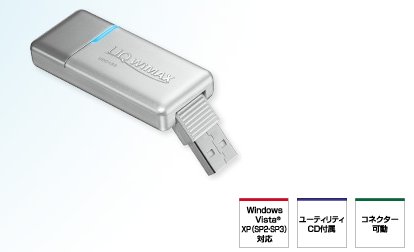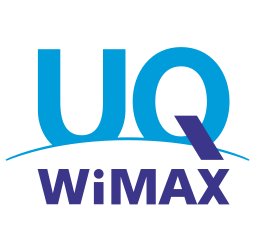
Although already demonstrated at several conferences, a new PR from Fujitsu to attract more attention to their LTE solutions.
The BroadOne eNodeB is based on a “new” architectural concep, consisting of a Remote Radio Head (RRH) and Base Band Unit (BBU).
Fujitsu has developed a 3GPP-compliant LTE system for the global market. In fact, Fujitsu was chosen by NTT DOCOMO to be a supplier for its LTE eNodeB in 2006 as well as its LTE core network system in 2008, and is now taking this technology leadership to the rest of the world. In a joint demonstration with NTT DOCOMO, more than 250 Mbps performance was exhibited in an outdoor environment over the Fujitsu LTE eNodeB; also demonstrated at both CEATEC Japan 2008 and CTIA Wireless 2008 in Las Vegas.
Fujitsu LTE Solution Page has some more information, but I am missing Datasheets, Use Cases, and Marketing collaterals.
Fujitsu, please improve your website. Take example from Motorola LTE.

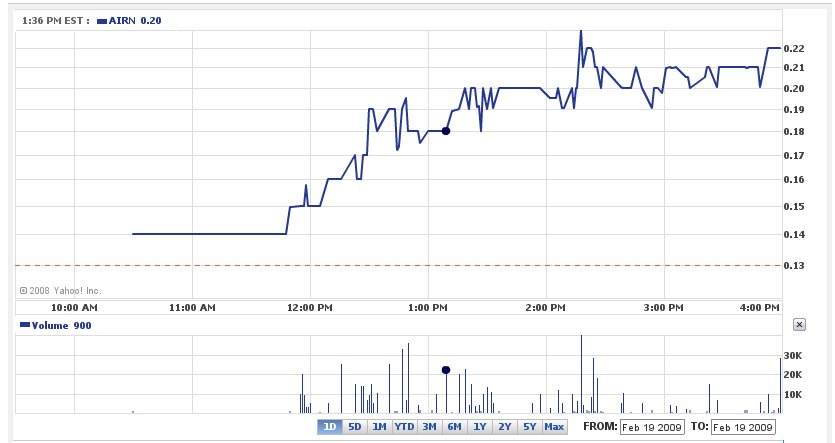
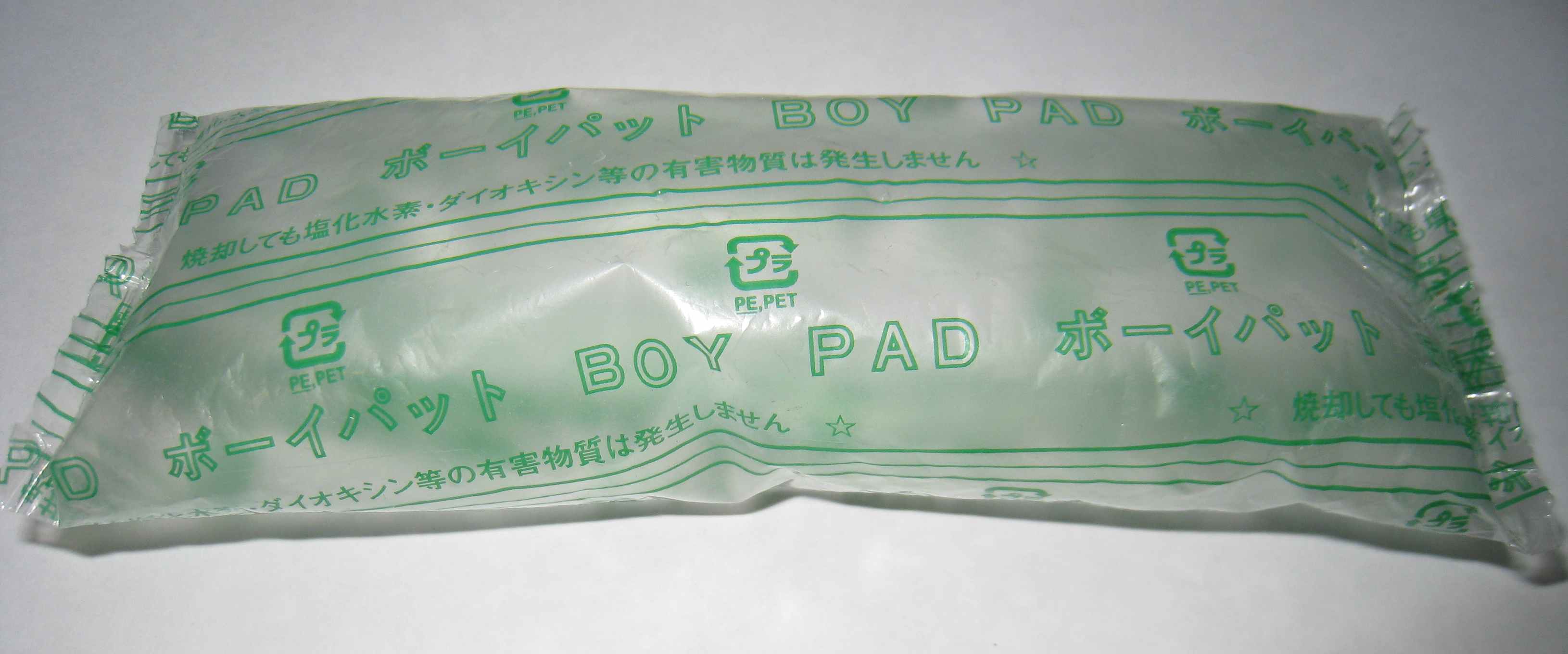


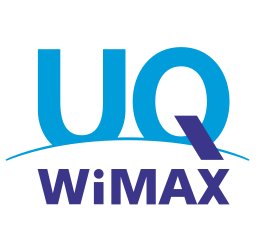 As I reported in
As I reported in 